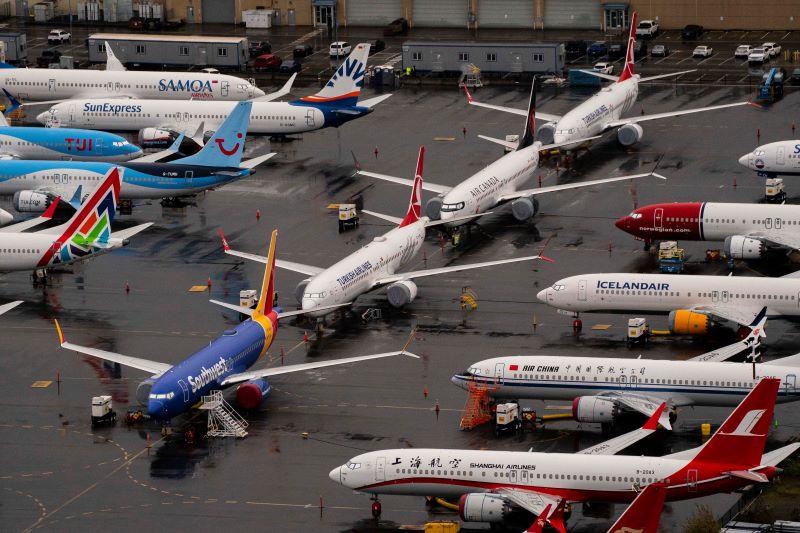
Credit: David Ryder / Getty Images
Boeing remains confident that internal challenges will not hamper its efforts to get the 737 MAX and 787 programs back on track but suggests that a prolonged trade stalemate between China and the U.S. could present near-term problems. “We’re still awaiting 737 MAX regulatory approval from China, and...
Subscription Required
This content requires a subscription to one of the Aviation Week Intelligence Network (AWIN) bundles.
Schedule a demo today to find out how you can access this content and similar content related to your area of the global aviation industry.
Already an AWIN subscriber? Login
Did you know? Aviation Week has won top honors multiple times in the Jesse H. Neal National Business Journalism Awards, the business-to-business media equivalent of the Pulitzer Prizes.

